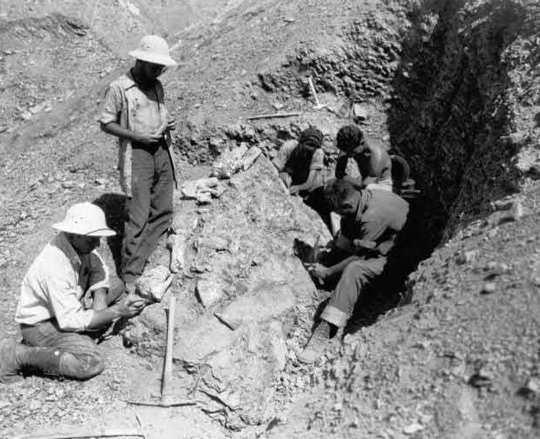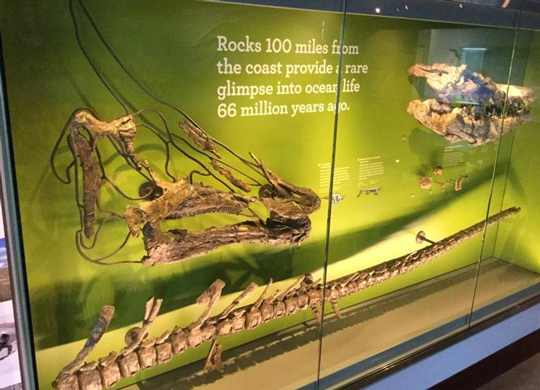California Adopts a State Dinosaur
Augustynolophus Makes the Grade
The duck-billed dinosaur Augustynolophus morrisi has become the state dinosaur symbol for California. “Auggie” as this Late Cretaceous member of the Hadrosaurinae has been nick-named by campaigners, joins a long list of symbols for the “Golden State”. Thus, California becomes the eighth state in the Union to adopt a dinosaur as an official state symbol.
Hadrosaur Becomes the State Dinosaur for California
Picture credit: Augustynolophus Twitter Account
The End of a Long Campaign
It was back in April that Everything Dinosaur first reported on moves within the Californian Senate to adopt a duck-billed dinosaur as a symbol for one of the most populous parts of the United States. The Assembly member for Santa Monica, Richard Bloom, put forward the legislation for this long extinct reptile to become honoured in this way.
The fossils of this eight to ten-metre-long herbivore come from Upper Cretaceous (Maastrichtian deposits). The fossil material, including several elements from the skull, have been excavated from marine deposits of the Moreno Formation, strata more frequently associated with mosasaurs and plesiosaurs. It is likely that rivers in spate occasionally washed the carcasses of these dinosaurs out into the sea, the bodies settled on the seabed and were rapidly buried, thus preventing the corpses being broken up by scavengers. California is the only place in the world where fossils of this particular duck-billed dinosaur have been found.
Two specimens are known, both are part of the vertebrate fossil collection of the Natural History Museum of Los Angeles County.
To read this earlier article: Moves to Adopt a Dinosaur State Symbol for California.
Augustynolophus morrisi
Governor Jerry Brown announced earlier this week that the signing of a bill making “Auggie” one of the official insignia of California had taken place.
Once Saurolophus, now Augustynolophus but Always Californian
The first fossil evidence for the dinosaur that was to eventually become the newest Californian state symbol was found in the Panoche Hills of Fresno County in 1939. A second specimen was excavated from strata in the nearby San Benito County two years later. The excavation work was undertaken by field teams from the California Institute of Technology. Both specimens were originally assigned to the Hadrosaur genus Saurolophus, a dinosaur that was first named and described in 1912 from fossils discovered in Canada.
Researchers Excavating the Fresno County Fossil Find (1940)
Picture credit: Natural History Museum of Los Angeles County
A review of the fossil specimens led to an assignment of a new species within the Saurolophus genus – S. morrisi (2013), however, a more recent reassessment, involving a number of scientists from the Natural History Museum of Los Angeles County, established that there were enough differences in the fossilised bones to permit the establishment of a new genus.
The species name honours Dr William J. Morris, a notable American palaeontologist who did much to improve our understanding of Mesozoic reptiles found in California. The genus name, which was formally adopted in 2014, pays tribute to Mrs Gretchen Augustyn, a long-time supporter of the Earth sciences and a former Trustee for the Raymond M. Alf Museum of Palaeontology in Claremont, California.
Augustynolophus morrisi Helping to Spark an Interest in Science, History and Education
Augustynolophus (pronounced Awe-gus-tine-oh-loaf-us), was closely related to Saurolophus, but just three years after being placed into its own genus, the dinosaur has been honoured by becoming one of around thirty state symbols for the most heavily populated state in the Union.
It is not California’s state fossil, that accolade goes to Smilodon californicus, however, after sixty-six million years one of California’s oldest vertebrate residents has been recognised. Some might think that such insignia are not important, but it is hoped that by raising the profile of the Dinosauria in this way, an interest in science, local history and the story of California will be sparked.
Fossils of Augustynolophus morrisi on Display at the Natural History Museum of Los Angeles County
Picture Credit: Natural History Museum of Los Angeles County
Everything Dinosaur acknowledges the assistance of a media release from the Natural History Museum of Los Angeles County in the compilation of this article.
Visit the Everything Dinosaur website: Visit Everything Dinosaur.




